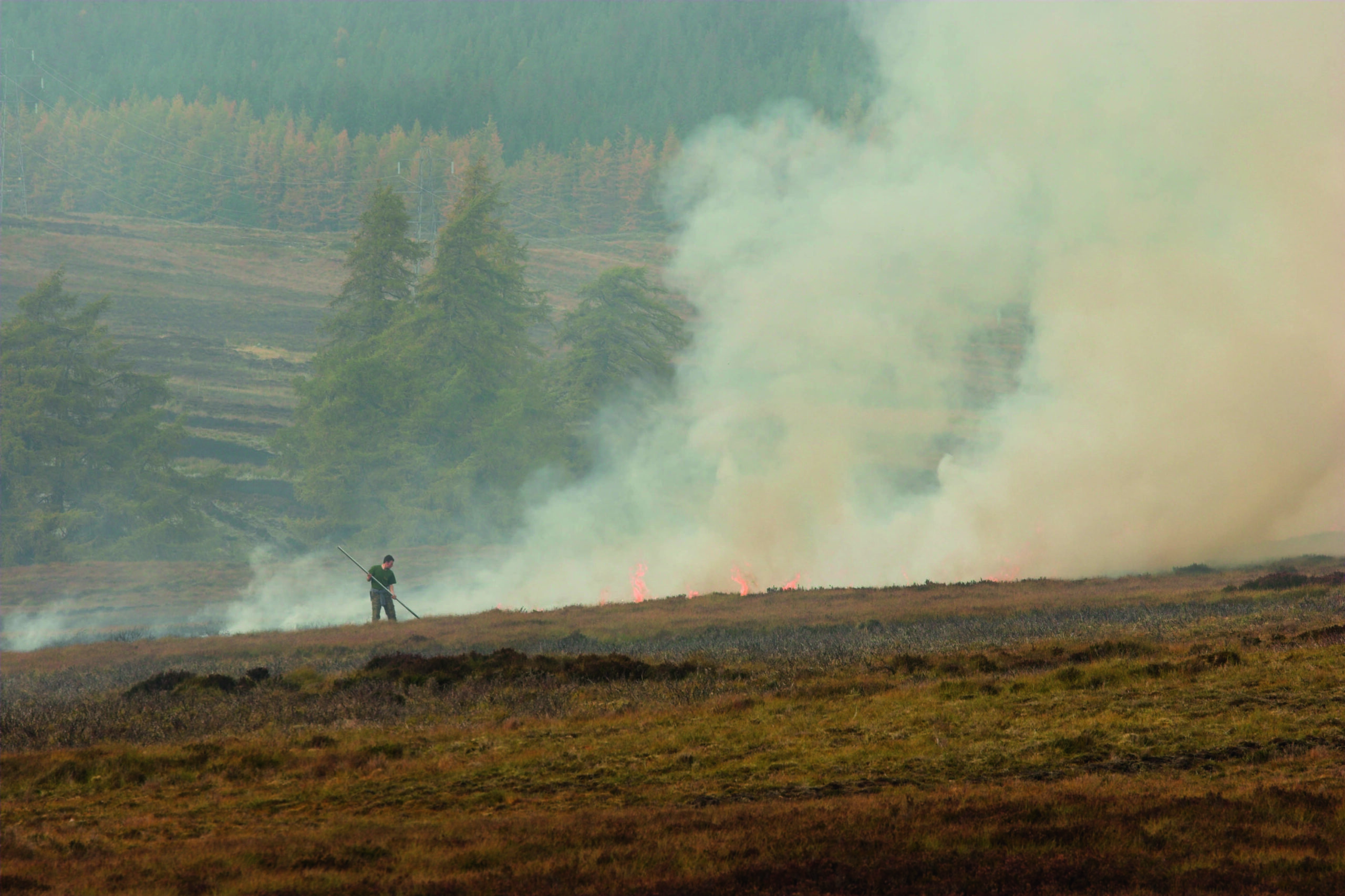Controlled muirburn near Sheffield is criticised
A number of species benefit from controlled burning.

Two controlled burns carried out on moors in the Peak District have sparked concerns about air quality and the impact on wildlife. Sheffield and Rotherham Wildlife Trust’s head of land management and conservation, Roy Mosley, said: “It’s very disappointing to see these continued fires on our moorlands.”
Derbyshire Fire and Rescue Service confirmed it was aware of two controlled burns near Stanage Edge and near Strines Moor. Sheffield City Council has a “non-burning” policy on the authority’s land but acknowledged that heather burning is a legal activity over which councils do not have authority.
Amanda Anderson, director of the Moorland Association, said: “Those conducting conservation and wildfire mitigation burning management on our moors do their best to avoid weather conditions that allow smoke to drift over towns and cities whenever possible. By undertaking small, controlled burns, a variety of habitats s created, which benefits upland species and reduces the severity of wildfire in the spring and summer.
“Peer-reviewed scientific research shows that curlew are four times as likely to breed successfully on a grouse moor, and other species also benefit from patches of shorter vegetation.”








